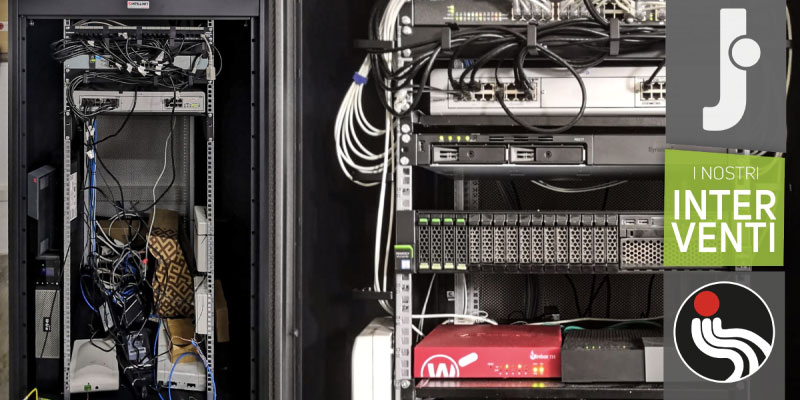

If you simply want to access your own office computer from home, using a computer or tablet, then you can sign up as an individual user through their website or an app store. I’ve recently begun to use Jump Desktop as part of a team account.
#JUMP DESKTOP PC PRO#
When you remotely launch Premiere Pro or Final Cut Pro, you are doing so on the unattended computer at the main facility. Instead of moving media files back and forth, the remote user is sending commands via the Jump Desktop application to the connected workstation and receiving back a shared screen and synced audio. A more sophisticated version of this is what’s being employed in many remote editing configurations, such as solutions offered by Teradici and HP RGS (remote graphics software).Īnother cost-effective answer is Jump Desktop. Method 5 – remote control – If you’ve ever had a support technician “dial” into your computer to troubleshoot an issue, then you’ve experienced remote control via TeamViewer. For instance, Lumaforge has leveraged the computing power of their internal Jellyfish server to remotely drive media management and transcoding tasks within the platform itself. But there are other benefits to this solution that don’t involve editing. This can be taxing on most common home internet services. To composite one 4K clip over another 4K clip, two streams of native 4K media have to pass in real-time to your remote computer over the internet. Any viewing or processing of media is done at the remote computer within a player or editing application. Performance is totally dependent on the internet speeds at both ends, but the concept is like having that storage volume mounted locally. Method 4 – direct storage server access – Some shared storage companies, like QNAP and OWC Lumaforge, offer direct remote access into your facility’s NAS or SAN – assuming that you’ve connected the server to the internet. There are certainly working cloud solutions from suppliers like Avid, but most support lower resolution media instead of some of the 4K and larger files that many editors work with today. Services like AWS also charge egress fees with each download, which makes real-time editing with media in the cloud, less cost-effective. This approach works for single shots that don’t require real-time playback from the cloud, but it’s less attractive for editing. True virtualization – where even your applications are running in the cloud – has been used in the VFX industry with compositing software, such as Nuke. The editor works directly with cloud-based native media hosted on AWS, Microsoft Azure, or one of the other large cloud providers. Method 3 – cloud editing – True editing in the cloud is on the wishlist for many large media enterprises. With standard internet speeds, this works well with proxy edit media. Subsequently, media is played from that local cache. When a file is played, it is streamed and cached within the local computer’s Drive volume. That media shows up in the editor’s local Drive volume as a virtual file, much like Dropbox’s Smart Sync feature.

Hedge also offers Drive, which gives each editor access to media uploaded to Hedge’s servers. Media is usually local and only project files are located in the cloud. Adobe Teams and Hedge’s Postlab are two solutions where the project files are stored in the cloud and are updated using check-out/check-in procedures. Method 2 – cloud syncing – Cloud services can be used to host project files, as well as to transfer media among edit sites.

If you had a separated team working on the project, each gets a clone of the same media and they share projects, bins, and/or XML files via email, file transfer services, Dropbox, etc. When done, the editor returns the drive with media, project files, and deliverables. Copy all of the media onto a drive and ship it to the editor. Method 1 – sneakernet – This has been a tried and true remote collaborative solution prior to and during lockdowns. There are approximately five different workflow scenarios. Among other things, it has accelerated various schemes for remote post-production collaboration.
#JUMP DESKTOP PC PROFESSIONAL#
Covid-19 and the year 2020 have turned the professional production and post world on their heads.


 0 kommentar(er)
0 kommentar(er)
